Trendy home aesthetics can be tempting—especially when your social feed is filled with the same paint color, furniture style, or décor piece over and over. But not all trends have staying power, and what feels fresh and stylish today can start to look tired (or downright cringey) before you know it. If you’re planning a refresh, take a pause before committing to these fast-fading looks. Here are 15 home aesthetic trends you’ll likely regret in five years—trust us.
1. Peel-and-Stick Everything

Peel-and-stick solutions exploded in popularity as a renter-friendly way to makeover a space—think wallpaper, backsplashes, floor tiles, and even countertops. These products promise easy application and removal, making them a favorite among DIYers and design influencers alike. But while the transformation looks great on Instagram, real-world results often fall short. Many peel-and-stick products begin to bubble, curl, or lose adhesion over time—especially in areas with heat, humidity, or frequent contact.
Beyond durability, peel-and-stick materials can actually damage surfaces during removal, despite being marketed as temporary. House Beautiful notes that renters often face paint peeling, sticky residue, or even drywall damage when attempting to take down these trendy upgrades. In five years, the trend’s quick-fix appeal may be overshadowed by the headaches it leaves behind—both in upkeep and cleanup.
2. Neon Signs as Décor

Neon wall signs exploded during the Instagram and TikTok decor boom, bringing phrases like “Good Vibes Only” and “Let’s Stay In” into bedrooms, offices, and even nurseries. The appeal is understandable—neon adds instant color, personality, and a photo-friendly glow. But the novelty wears off quickly, and what once felt edgy or playful can start to resemble dorm room decor. Neon signs tend to clash with more sophisticated or evolving design styles, making them hard to incorporate into long-term aesthetics.
What’s more, neon signs are often made from inexpensive LED tubing that can fade, flicker, or simply look cheap up close. House Beautiful highlights how design trends that photograph well aren’t always suited to real-life living—especially when they overpower the room or distract from other décor elements. While fun for a moment, neon signs may feel more like a fad than a feature in just a few years.
3. Overly Curated Shelfies
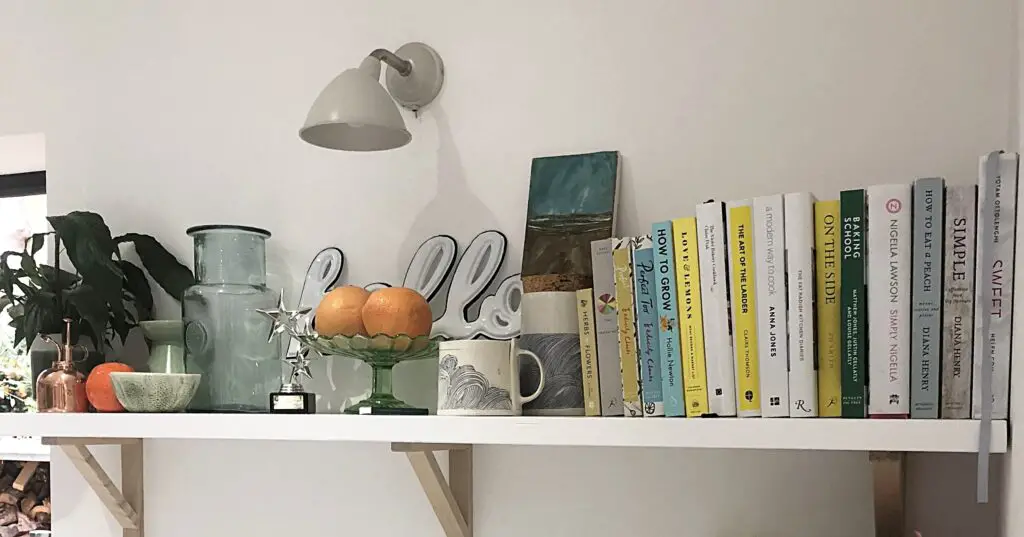
The “shelfie” trend—perfectly styled open shelving with color-coordinated books, geometric objects, and plants—has taken over social media feeds for years. The pressure to maintain a flawlessly styled shelf can make spaces feel more like museum exhibits than homes. While aesthetically pleasing, overly curated shelves often sacrifice function and warmth in favor of a hyper-controlled visual.
In reality, maintaining a shelf that always looks “Pinterest-perfect” is exhausting, especially if you actually want to use the items on it. Apartment Therapy warns that curated shelfies can quickly start to feel sterile or performative, especially when every item is chosen for color rather than meaning. A shelf filled with objects that matter to you—even if mismatched—is far more sustainable than one that exists for the camera.
4. Terrazzo Overload

Once relegated to hospital floors and mid-century stairwells, terrazzo has enjoyed a massive comeback in recent years. Designers began using the speckled composite material in small doses—think coasters, tabletops, and backsplashes—but like many trends, it quickly escalated. Terrazzo’s sudden ubiquity has led to entire bathrooms, kitchens, and even walls being covered in bold, multicolor patterns that can overwhelm a space.
While terrazzo can be stylish when used sparingly, the high-contrast look often lacks the subtlety needed for long-term appeal. Architectural Digest cautions that the trend’s visual busyness doesn’t always translate well to large surfaces, and homeowners may find themselves fatigued by the cluttered feel it brings. In five years, what felt like a design-forward choice could be the very element you’re eager to cover up.
5. TikTok-Driven DIYs That Don’t Last
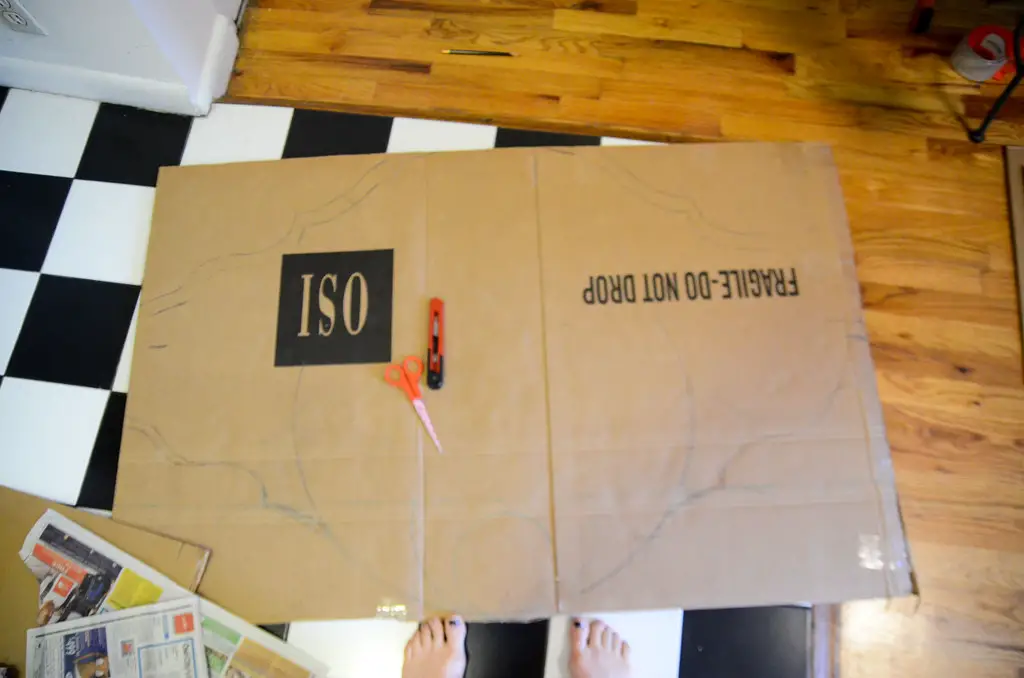
TikTok has become the go-to hub for design inspiration, with creators serving up fast, budget-friendly home hacks that look amazing in 60 seconds. From faux wood paneling made out of foam pool noodles to hot glue mirror frames, the creativity is undeniable—but so are the limitations. Many TikTok DIYs aren’t built to last, using materials that degrade quickly or fail to hold up under daily wear and tear.
The problem isn’t just aesthetic—it’s also functional. Some of these DIYs sacrifice safety and stability for style, leading to issues like falling shelves, warped surfaces, or damaged walls. While the projects may gain social media clout, homeowners often end up with messes to fix or trends they’ve outgrown. In five years, the DIY that once made your “For You” page might make you cringe.
6. Wall-to-Wall Carpeting
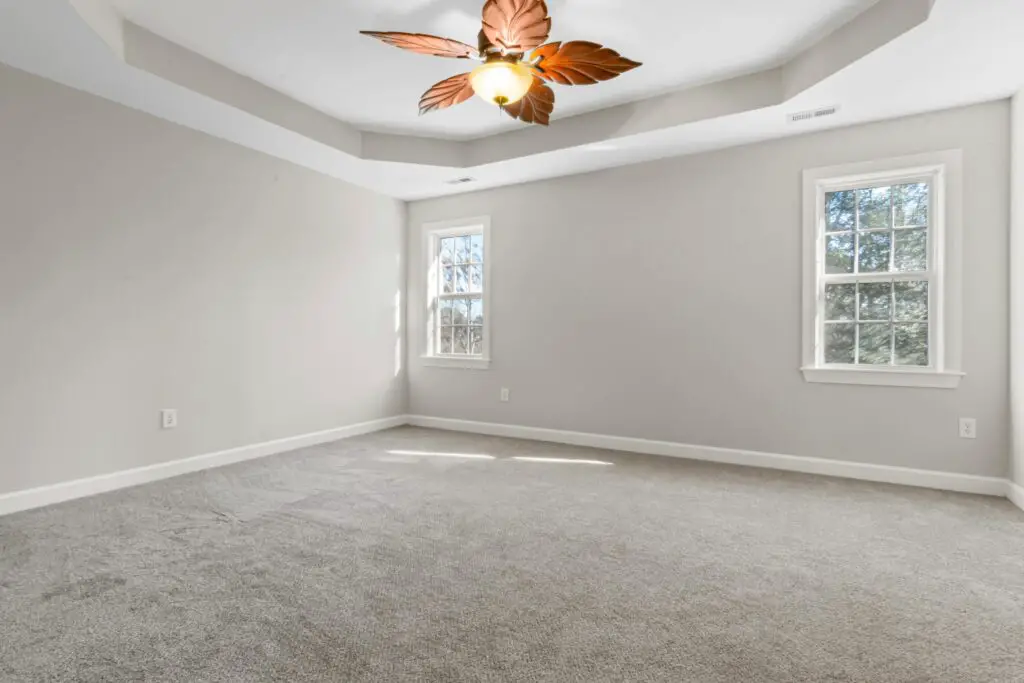
While once a standard in homes, wall-to-wall carpeting is becoming increasingly outdated as homeowners prioritize easy-to-clean flooring options. Carpet can trap dust, allergens, and odors, making it less practical for modern lifestyles. Additionally, high-traffic areas show wear and tear quickly, leading to frequent replacements. With the rise of hardwood, luxury vinyl plank, and tile flooring, carpet is losing its appeal as the primary flooring choice.
Many homeowners now prefer area rugs over full-room carpeting, allowing for flexibility and easier maintenance. If carpet is still desired, designers recommend neutral, low-pile options that complement modern home aesthetics. However, in the next five years, wall-to-wall carpeting will continue to decline in popularity, especially in main living areas. Hardwood and eco-friendly alternatives will dominate flooring choices, offering durability and timeless appeal.
7. All-White Kitchens
For years, all-white kitchens have been the epitome of modern minimalism, but this trend is quickly losing its appeal. White cabinets, countertops, and backsplashes create a sleek, clean look, but they also show every stain, scratch, and smudge, making them difficult to maintain. Homeowners are starting to crave more warmth and personality in their kitchen spaces, opting for natural wood tones, colorful cabinetry, and mixed-material countertops instead. Additionally, the starkness of an all-white kitchen can feel sterile and uninviting, prompting a shift toward more textured and layered designs.
The rise of bold colors and statement materials means that completely white kitchens will soon feel bland and uninspired. Darker hues like deep blues, forest greens, and warm terracottas are becoming more popular for cabinetry, adding character and contrast. Statement backsplashes, stone countertops with dramatic veining, and mixed metal finishes are replacing the once-popular monochrome aesthetic. In the coming years, kitchens will embrace individuality, texture, and color over uniformity. If you’re considering a remodel, incorporating a mix of tones and finishes will help your kitchen feel fresh and current.
8. Open Floor Plans
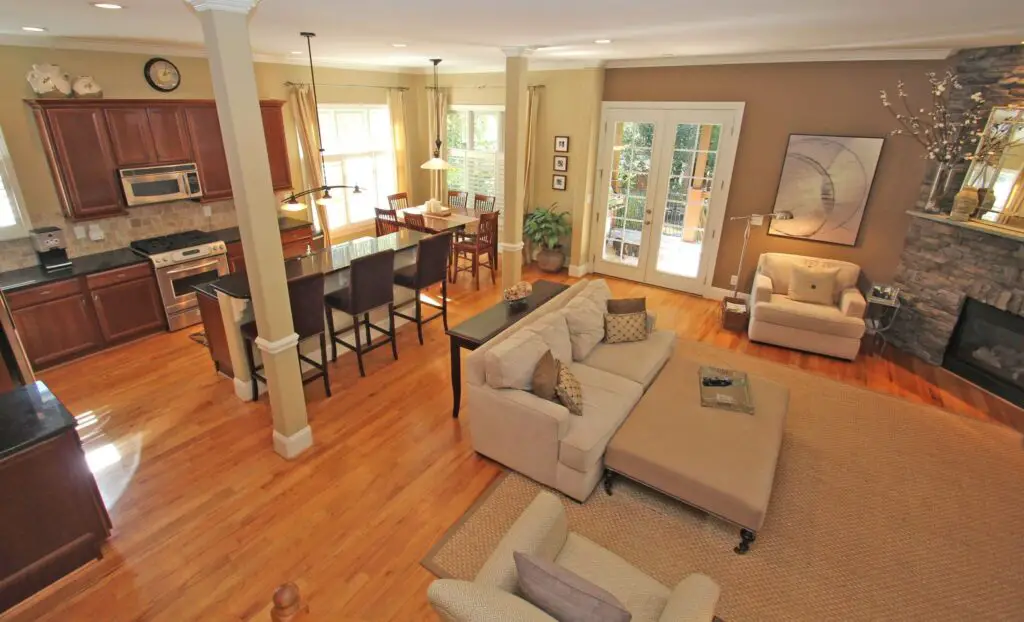
For decades, open floor plans have been praised for creating a sense of spaciousness and flow, but they are quickly becoming less desirable. The pandemic forced many families to work and study from home, highlighting the drawbacks of large, open spaces with little privacy. Noise travels easily in these layouts, making it difficult to focus on work, take phone calls, or enjoy personal time. Additionally, open-concept homes often lack defined spaces, which can make decorating more challenging and lead to a cluttered look.
Designers are now seeing a resurgence of enclosed rooms that provide privacy and functionality. Homeowners are opting for semi-open layouts with pocket doors, partitions, or glass walls that offer flexibility without completely closing off spaces. Separate dining rooms, home offices, and cozy sitting areas are making a comeback as people prioritize comfort and quiet. While open floor plans won’t disappear entirely, the trend of completely open living spaces will continue to fade in favor of more structured layouts.
9. Gray Everything
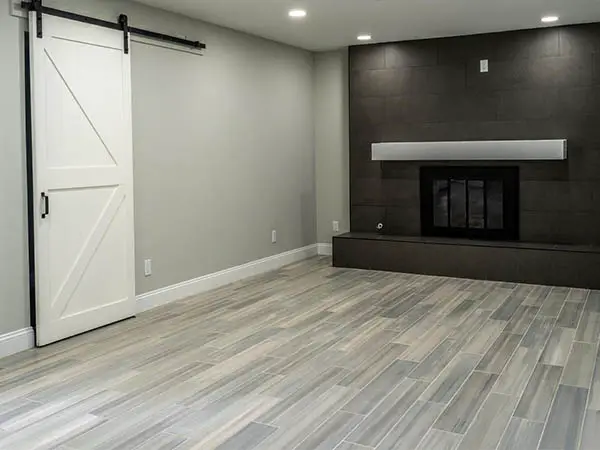
Neutral gray tones have dominated interior design for years, but this once-popular color is now losing its charm. While gray is versatile and sophisticated, an overuse of it can make a home feel cold and impersonal. Homeowners are increasingly gravitating toward warmer tones, such as beige, taupe, and earthy neutrals, which create a more inviting and comfortable atmosphere. Additionally, gray flooring—especially light gray wood-look laminate—has become overly common, making it feel generic rather than stylish.
Design experts predict a return to warmer, richer color palettes that add depth and personality to living spaces. Soft creams, warm whites, and even muted pastels are replacing cool grays on walls, while natural wood tones are making a comeback in flooring choices. Statement colors like deep greens, burnt oranges, and moody blues are also gaining traction as homeowners move away from neutral-heavy interiors. If you want your home to stay on-trend, incorporating warmer hues will help keep it feeling fresh and modern.
10. Shiplap Walls
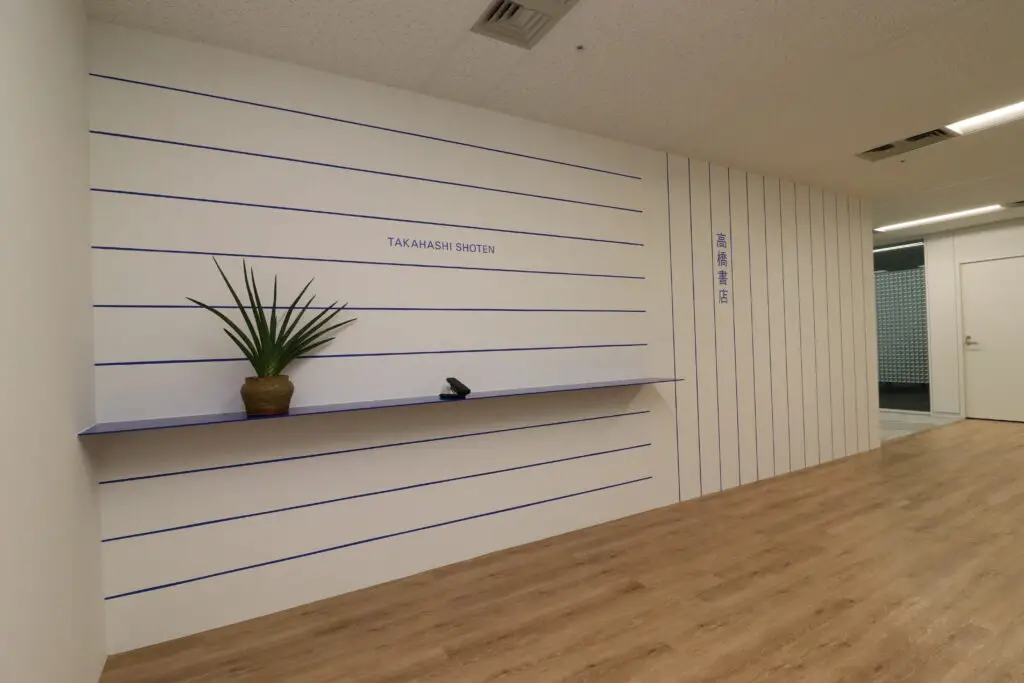
Shiplap exploded in popularity thanks to the farmhouse trend, but its days as a go-to wall treatment are numbered. While it adds texture and a rustic feel, it has been overused to the point of becoming cliché. Many homeowners are finding that shiplap can make a space feel too themed or outdated rather than timeless. Additionally, as interior design moves toward more modern and eclectic aesthetics, heavily rustic elements like shiplap no longer fit the evolving styles.
Instead, homeowners are opting for more refined wall treatments such as plaster, Venetian finishes, or sleek wood paneling. Wallpaper, especially in bold patterns and textures, is also making a strong comeback as an alternative to shiplap. Minimalist, high-end finishes that add dimension without looking overly themed will define the next wave of interior design. If you still love the textured look, consider vertical paneling or subtle wainscoting for a more sophisticated update.
11. Overly Matchy Furniture Sets
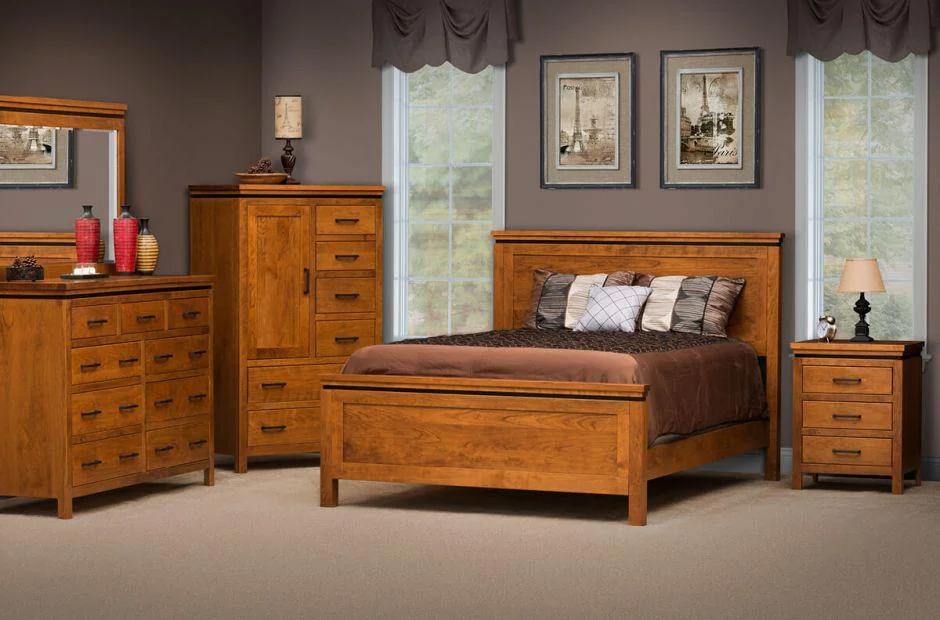
Matching bedroom and living room furniture sets were once seen as a sign of coordination and style, but they now make interiors feel predictable and outdated. Instead of buying a full suite of identical pieces, homeowners are opting for curated, eclectic looks that blend different materials, textures, and colors. Mixing vintage and modern pieces creates a layered, personalized aesthetic that feels more organic and timeless.
Designers recommend focusing on balance rather than uniformity, incorporating a mix of wood finishes, fabric types, and statement furniture pieces. Unique, high-quality items that tell a story are replacing cookie-cutter sets from big-box retailers. The shift toward individuality in home decor means that overly matchy furniture will continue to fade in popularity.
12. Granite Countertops
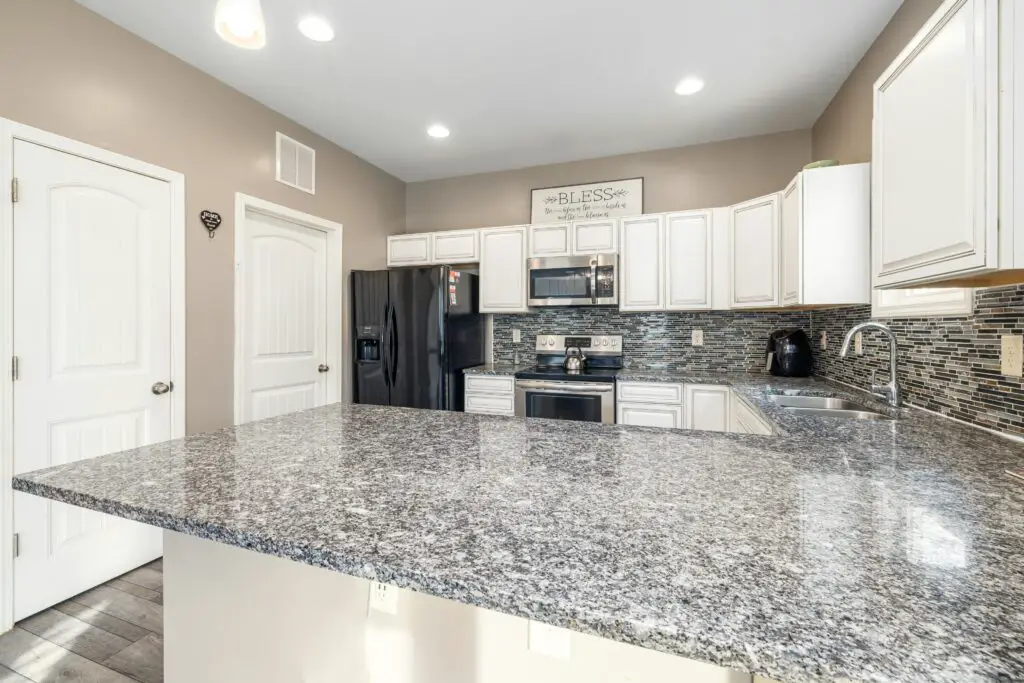
For years, granite was the go-to material for kitchen and bathroom countertops, but its popularity is steadily declining. While it remains durable, its speckled appearance and high maintenance requirements are turning homeowners toward more modern alternatives. Materials like quartz, marble, and concrete offer a sleeker, more uniform look with less upkeep. Additionally, as design trends shift toward warmer, organic aesthetics, the cool tones of granite no longer complement the latest interior styles.
Quartz, in particular, has taken over as the preferred choice due to its non-porous nature and resistance to stains and bacteria. Butcher block and composite materials are also gaining traction for their warmth and sustainability. Homeowners are now prioritizing countertops that provide both style and function with minimal maintenance. In five years, granite countertops will feel outdated, replaced by more contemporary and practical materials.
13. Subway Tile Backsplashes
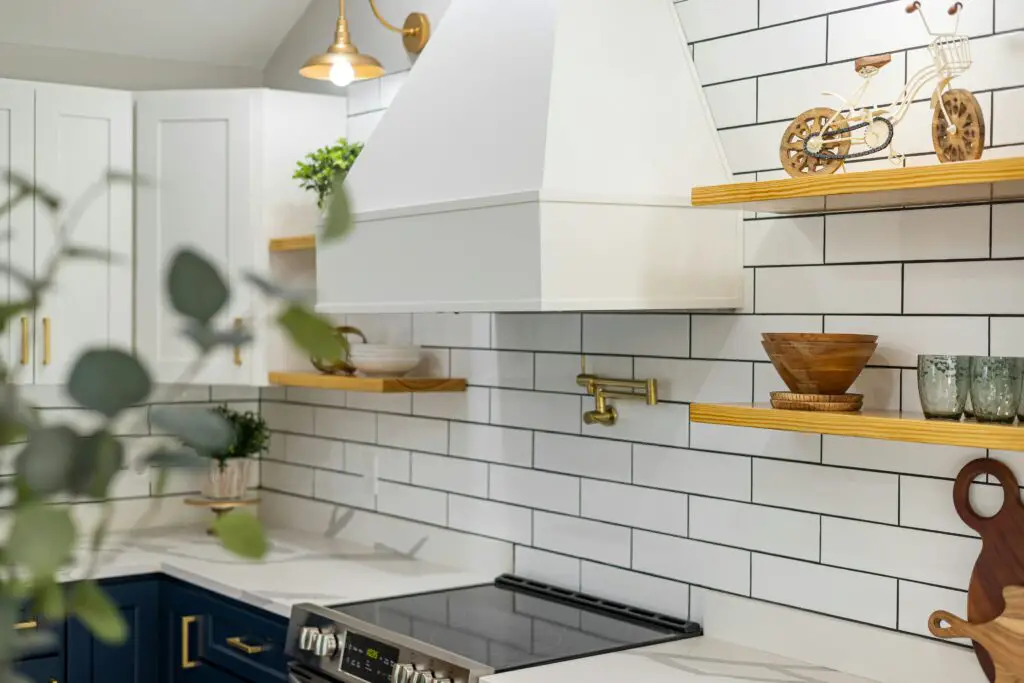
Classic white subway tile backsplashes have been a kitchen staple for decades, but their overwhelming popularity has led to design fatigue. While they offer a clean and simple look, they are now seen as a safe, uninspired choice that lacks uniqueness. As homeowners seek to add more personality to their kitchens, bold and textured backsplashes are becoming the new standard. Hand-painted tiles, zellige tiles, and natural stone slabs are being used to create more visually interesting focal points.
The rise of large-format backsplashes that extend seamlessly from countertops is also making traditional subway tiles look dated. Instead of simple white rectangles, homeowners are embracing colorful patterns, organic textures, and statement materials. While subway tiles won’t disappear completely, their widespread use means they will no longer be a cutting-edge design choice. Those looking to keep their kitchens modern should explore more dynamic and unique backsplash options.
14. Fast Furniture
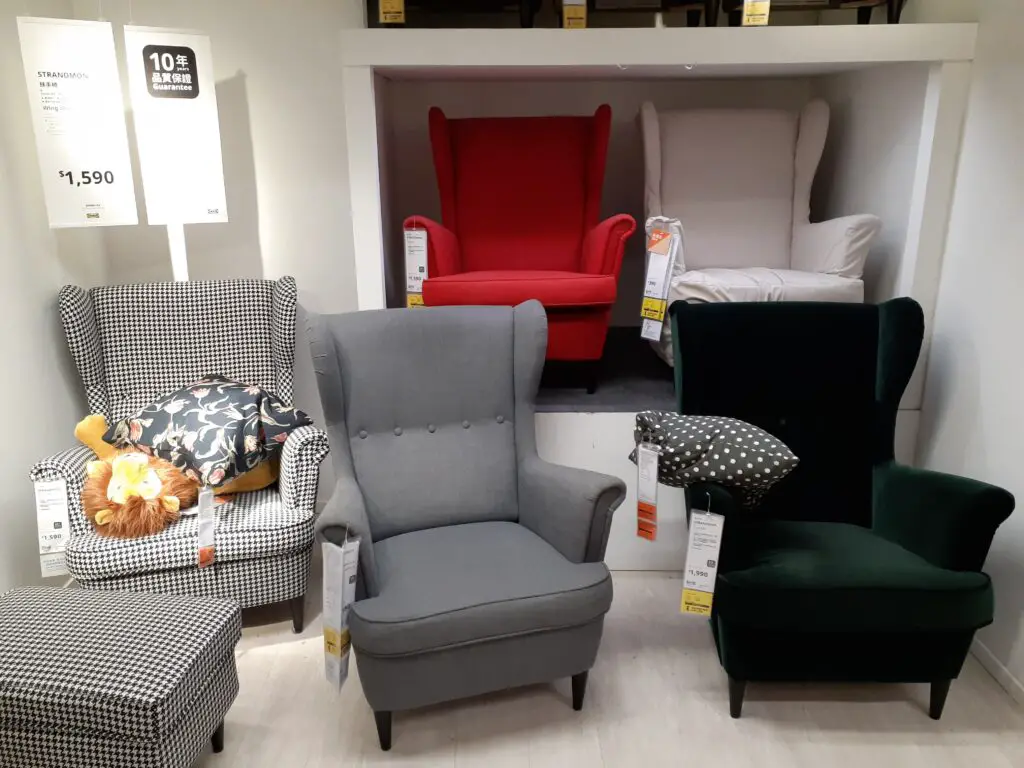
Mass-produced, low-cost furniture from big-box stores has been a convenient option for many homeowners, but its appeal is quickly fading. As sustainability becomes a top priority, people are moving away from cheaply made furniture that wears out quickly and contributes to landfill waste. Instead, there is a growing preference for high-quality, timeless pieces that last longer and align with eco-conscious values. Second-hand, vintage, and artisan-made furniture are becoming more desirable as homeowners seek uniqueness and durability.
Additionally, fast furniture often lacks the craftsmanship and character of solid wood or custom-made pieces. Many consumers are now investing in furniture that is built to last rather than replacing low-quality items every few years. This shift means that cheaply made, mass-market furniture will feel outdated as people prioritize sustainability and longevity. In the next five years, quality over quantity will define home design choices.
15. Accent Walls in Bold Paint Colors
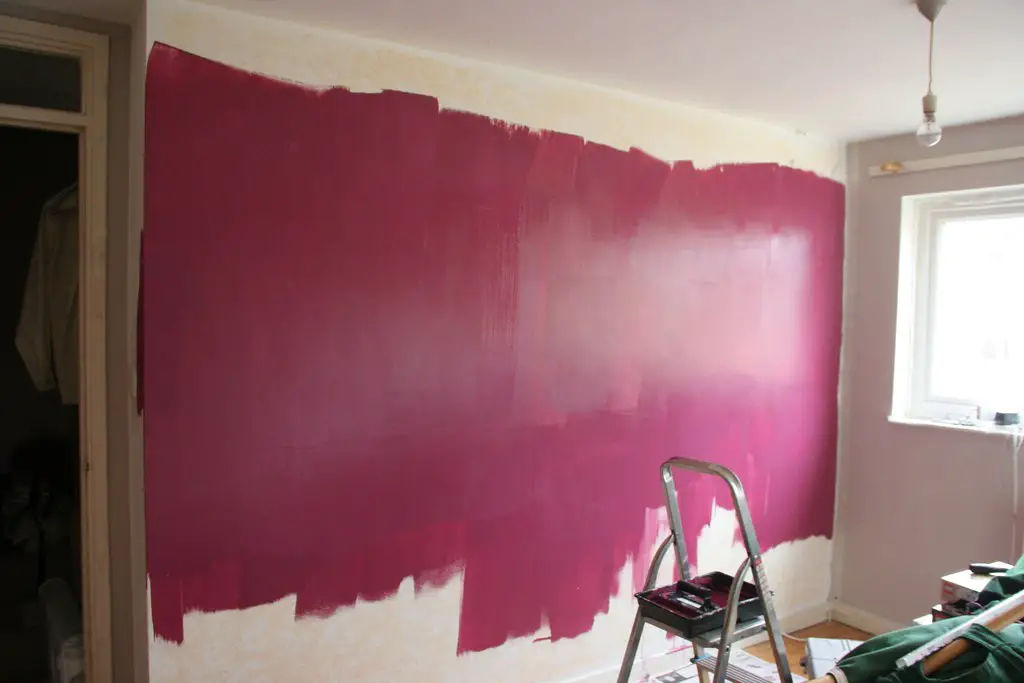
Once a go-to way to add drama to a room, bold accent walls in single paint colors are starting to feel outdated. Deep navy, dark green, or bright red feature walls were once trendy, but they now appear one-dimensional and overly trendy. Instead, homeowners are opting for more subtle ways to add depth, such as textured walls, wallpaper, and custom millwork. Painted accent walls often lack the sophisticated look of more integrated design elements, making them a less popular choice.
Designers are shifting toward full-room color applications rather than isolated feature walls. Instead of painting one wall in a bold shade, entire rooms are being enveloped in moody, warm, or neutral hues for a cohesive look. Wainscoting, limewash finishes, and large-scale murals are also replacing simple painted accents. While color isn’t going anywhere, the single bold accent wall trend is fading in favor of more immersive design techniques.
